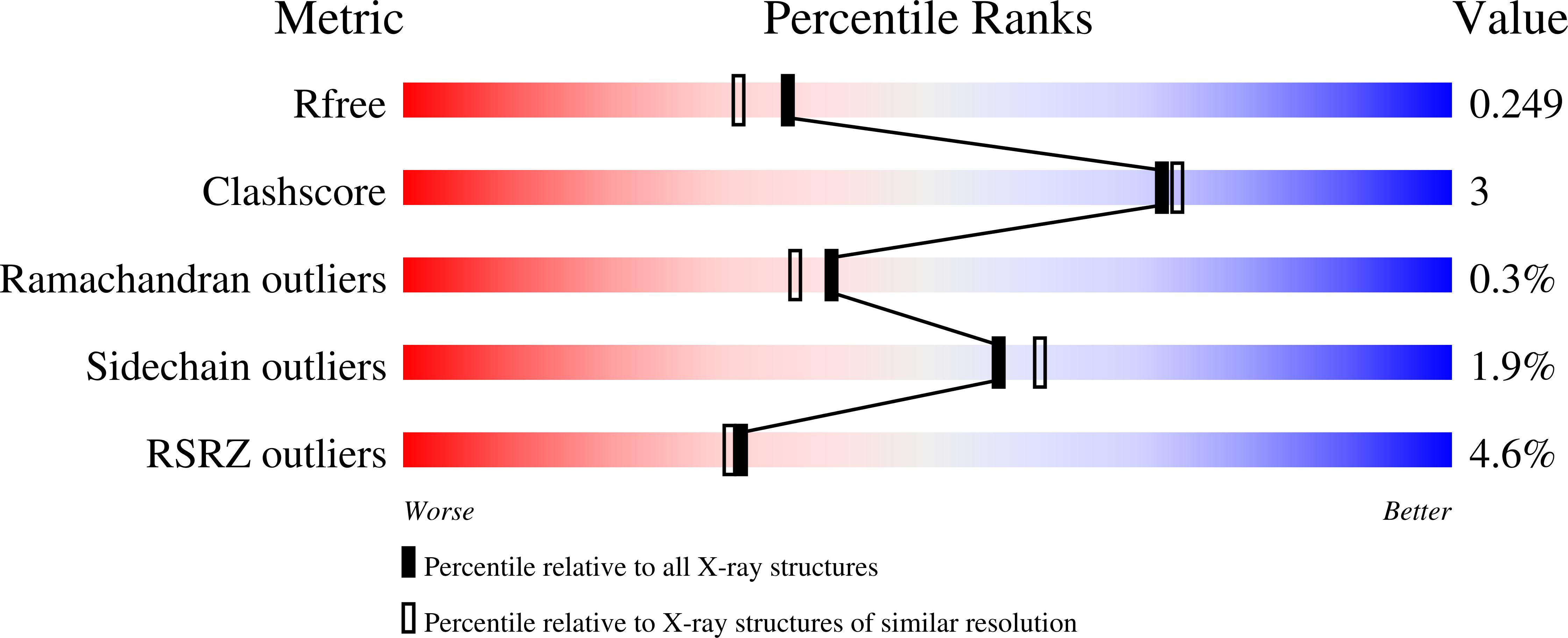Crystal packing of plant-type L-asparaginase from Escherichia coli
Michalska, K., Borek, D., Hernandez-Santoyo, A., Jaskolski, M.(2008) Acta Crystallogr D Biol Crystallogr 64: 309-320
- PubMed: 18323626
- DOI: https://doi.org/10.1107/S0907444907068072
- Primary Citation of Related Structures:
1JN9, 1K2X, 2ZAK - PubMed Abstract:
Plant-type L-asparaginases hydrolyze the side-chain amide bond of L-asparagine or its beta-peptides. They belong to the N-terminal nucleophile (Ntn) hydrolases and are synthesized as inactive precursor molecules. Activation occurs via the autoproteolytic release of two subunits, alpha and beta, the latter of which carries the nucleophile at its N-terminus. Crystallographic studies of plant-type asparaginases have focused on an Escherichia coli homologue (EcAIII), which has been crystallized in several crystal forms. Although they all belong to the same P2 1 2 1 2 1 space group with similar unit-cell parameters, they display different crystal-packing arrangements and thus should be classified as separate polymorphs. This variability stems mainly from different positions of the EcAIII molecules within the unit cell, although they also exhibit slight differences in orientation. The intermolecular interactions that trigger different crystal lattice formation are mediated by ions, which represent the most variable component of the crystallization conditions. This behaviour confirms recent observations that small molecules might promote protein crystal lattice formation.
Organizational Affiliation:
Department of Crystallography, Faculty of Chemistry, A. Mickiewicz University, Poznan, Poland.





















